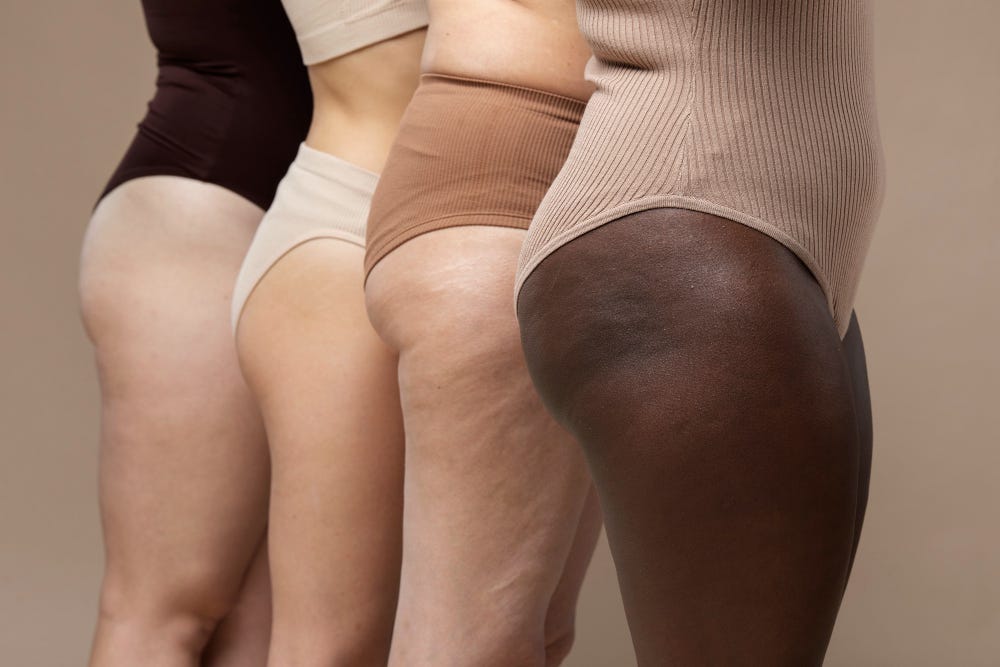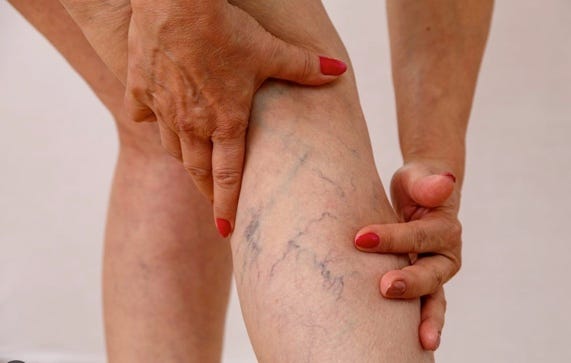I’ve wanted to do this article for quite a while, along with one about hEDS. It’s not really “weird,” but because there are so many different, interesting, quirky things to know about Lipedema, I wanted to put it out there and also give more validation that, yes, you may have Lipedema.
Not all women will experience these more odd conditions. Likely, few will. But there are a lot of other things we do (or don’t) have along with Lipedema.
Lipedema (and Dercum’s Disease) is called “adiposus dolorosa,” meaning “painful fat.” This is medical Latin from the Greek word lipos, which means "fat". (source)
Lipedema women have a lower risk of diabetes (unlike obesity). And we typically have normal blood pressure (sometimes even low blood pressure) despite high BMI (source). However, in later stages, untreated Lipedema can cause hypertension, diabetes, and heart failure. (source).
Greater than 50% of women with Lipedema also have hypermobile Ehlers-Danlos Syndrome, another connective tissue disorder. (source)
Lipedema women with even as low as Stage I disease may experience these issues: migraines, abdominal pain, early satiety, joint aches, nasal congestion, itching, fatigue, low body temperature, bloating, low back pain, poor concentration, and weighing more in the evening than in the morning. (source)
Lipedema women are more likely to have ADHD. (source)
Lipedema (and EDS) women have pronounced bumps on their heels when pressure is applied. These are called “pedal piezogenic papules” when subcutaneous fat tissue herniates and fat is forced—from pressure—into these herniated pockets. These can be painful. (source)
Over 90% of women experiencing any stage of Lipedema have seen fat accumulation along their inner elbow area, anterior forearm, and anterior arm. (source)
Lipedema fat is not just contained in the legs and arms but can migrate into the abdomen, chest, breast tissue, and even into the neck and scalp. (source)
Lipedema can cause hair loss, called lipedematous alopecia. (source)
Women with Lipedema are more likely to have obstructive sleep apnea needing a CPAP. (source)
Telangiectasia, or spider veins, is so common in Lipedema women that it is now part of the assessment when diagnosing Lipedema (so is bruising). (source)
Lipedema awareness has exploded over the past two years. Lipedema treatment is being actively researched, and more resources are becoming available to patients.
Commercial insurance is now starting to preauthorize and cover liposuction surgery. For the first time ever, Lipedema women are beginning to have hope in treating their illnesses.
We are learning more and more about Lipedema, how it affects other areas of our body, and the other conditions we can get from this disease. As Lipedema becomes more mainstream, we’ll see more assistance from the medical community to help us manage our disease.
Take care,
Michelle







